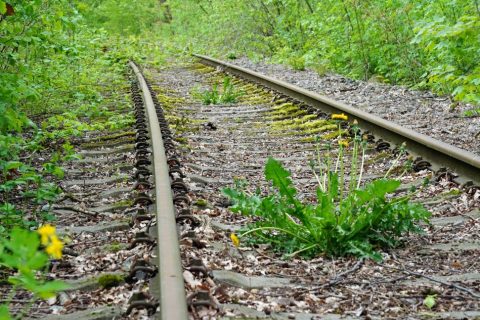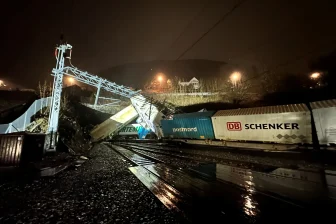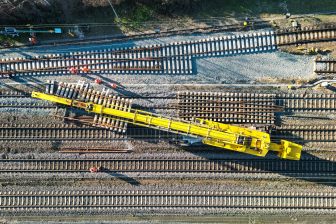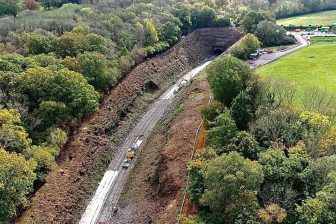
DB reactivates 20 decommisioned routes
source: Deutsche Bahn
Deutsche Bahn will revive 20 lines with a total of 245 kilometers of track. “Every kilometer of track is active climate protection”, says DB Network Board Member Jens Bergmann. Deutsche Bahn presented its plans on Tuesday at a joint press conference with the industry associations Allianz pro Schiene and the Association of German Transport Companies (VDV) in Berlin.
Want to read more?
You have read all of your free premium articles for this month. Please become a subscriber to keep reading.
Subscribe now!
Take advantage of our exclusive offer to get full access to all premium content.



